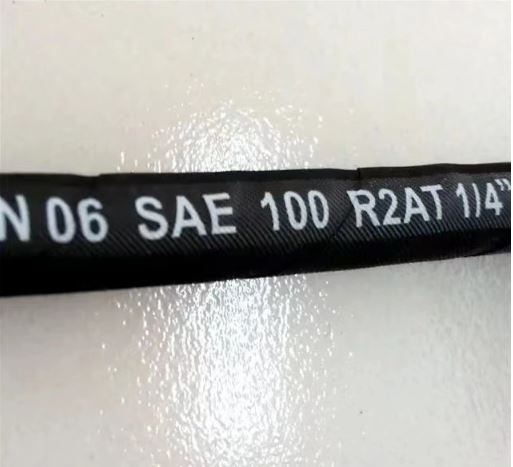lpg vapor hose
Understanding LPG Vapor Hoses Essential Components for Safety and Efficiency
Liquefied petroleum gas (LPG) is widely utilized as a fuel source in various applications, ranging from household heating to powering vehicles. One critical component in the LPG distribution and usage chain is the LPG vapor hose. This article delves into the importance, features, and best practices regarding LPG vapor hoses, emphasizing their role in ensuring safety and efficiency in LPG systems.
What is an LPG Vapor Hose?
An LPG vapor hose is a specialized tube designed to transport gaseous LPG from storage tanks to appliances, heaters, or engines. Unlike liquid LPG, which is stored under high pressure in liquid form, vapor hoses are engineered to handle the gas phase of LPG under varying pressure conditions. This distinction is crucial, as LPG in its gaseous state has different properties, including lower density and varying temperature effects.
Importance of LPG Vapor Hoses
The primary function of LPG vapor hoses is to facilitate the safe and efficient transfer of gas. Given the flammable nature of LPG, it is essential to use hoses that can withstand the pressures and corrosive properties associated with LPG. Poor-quality hoses can lead to leaks, which not only pose safety risks but can also result in substantial economic losses. Therefore, the integrity and safety of an LPG vapor hose are of utmost importance in any system utilizing LPG.
Features of Quality LPG Vapor Hoses
1. Material Composition Quality LPG vapor hoses are made from materials that can withstand high pressures and resist degradation from LPG exposure. Common materials include rubber and thermoplastic composites, which offer flexibility while maintaining structural integrity.
2. Pressure Rating It’s crucial for LPG vapor hoses to have a pressure rating that meets or exceeds the operational pressures of the LPG system. Typically, hoses are rated in terms of burst pressure and working pressure, helping to ensure safe usage.
3. Temperature Resistance LPG vapor hoses should be able to function optimally within a wide temperature range. Extreme temperatures can affect the performance of the hose and should be considered based on the environment in which the hose will be used.
lpg vapor hose

4. Size and Compatibility The size of the hose must be appropriate for the application, ensuring that there is adequate flow and pressure without excessive resistance. Furthermore, fittings and connections must be compatible to prevent leaks.
Best Practices for LPG Vapor Hose Maintenance
To extend the lifespan of LPG vapor hoses and enhance safety, proper maintenance is essential. Here are some best practices
- Regular Inspections Conduct routine checks for signs of wear and tear, such as cracks, bulges, or leaks. Early detection can prevent catastrophic failures.
- Proper Storage When not in use, hoses should be stored in a cool, dry place and away from direct sunlight to avoid degradation of the material.
- Safe Installation During installation, ensure that hoses are not subjected to unnecessary bends or kinks, which may lead to pressure points and potential rupture.
- Routine Replacement Set a timeline for replacing hoses based on manufacturer recommendations, usage frequency, and visual wear. Regular replacement is a proactive approach to safety.
Conclusion
LPG vapor hoses are crucial for the safe transportation of gaseous LPG in various applications. Understanding their function, features, and the importance of maintenance ensures that they serve their purpose effectively. By adhering to best practices in selection and maintenance, users can mitigate risks associated with LPG use, thereby fostering a safer environment. Whether in a domestic setting, commercial application, or industrial usage, the integrity of LPG vapor hoses plays a significant role in the overall efficiency and safety of LPG distribution systems. Proper attention to this often-overlooked component can make all the difference in preventing accidents and ensuring reliable energy delivery.
-
Top Quality Oxy Acetylene Hoses for Sale Fit for Welding DemandsNewsJul.28,2025
-
The Future of Pneumatic Air Tubes in IndustryNewsJul.28,2025
-
Superior and Reliable LPG Hose Pipe Solutions for Every NeedNewsJul.28,2025
-
Exceptionally Durable and Versatile Premium Braided PVC TubingNewsJul.28,2025
-
Best Adapters for Connecting Garden Hose to PVC Pipe ConnectionsNewsJul.28,2025
-
The Essential Role of LPG Hoses in Safe and Efficient Gas DistributionNewsJul.16,2025














